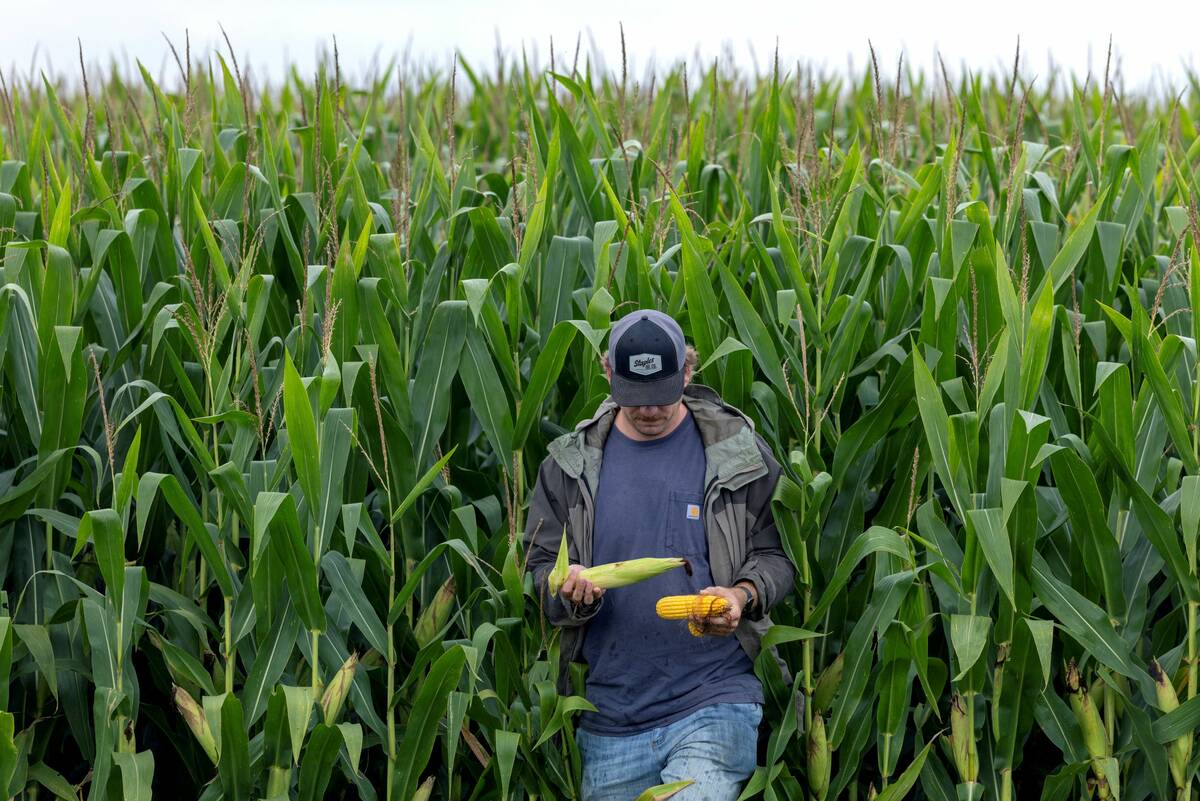Ag technology development firm Performance Plants Inc. has picked up a pledge for federal funds to further develop traits making plants’ cellulose easier to convert to biofuel.
PPI, a Kingston, Ont. firm, which also runs research facilities at Saskatoon and at Waterloo, N.Y., announced Friday it will receive up to $5.57 million in funding from Sustainable Development Technology Canada (SDTC) to “advance” its trait technologies.
“The support of SDTC is important and greatly appreciated as it validates
the efficacy of our technologies to more efficiently convert non-food biomass
Read Also

The U.S. corn crop could be the biggest ever. That’s terrible news for America’s farmers.
The USDA predicts a record corn crop for U.S. farmers, who question the agency’s accuracy amidst high debt and low crop prices.
“We believe our technologies are the critical link to developing a
profitable and sustainable clean energy sector that replaces such feedstocks
as coal and petroleum with non-food biomass crops.”
PPI said it has discovered a family of technologies called Enhanced Conversion Technology (ECT) which can alter plant cell walls to “significantly improve” their conversion into biofuels.
Finding an efficient process to make biofuels from plant cellulose instead of food crops has been the brass ring of biofuel research, especially in recent years given the rise of the “food-versus-fuel” debate in public policy.
The challenge for researchers, according to Matthewman, has been breaking down cellulose, the tight chains of indigestible sugar molecules that make up the majority of plant cell walls, for conversion into renewable sources of energy.
Sorghum, hemp, switchgrass
Farmers would also stand to gain from PPI’s next generation of non-food biofuel crops, the company said, as it may make “alternative” crops such as switchgrass, sorghum and hemp viable for them to grow on “marginal” land with “limited” fertilizer and water requirements.
PPI said the “primary use” of the SDTC funding will be to develop ECT to improve the amount of releasable glucose and develop these traits in non-food crops to increase their conversion efficiency.
But the funding will also go to support “acceleration” of PPI’s Biomass
Enhancement (BET) and Water Use Efficiency (WET) technologies, the company said, as PPI plans to “stack” those technologies with ECT, thus “significantly increasing” feedstock yield per acre.
“Current assessments for the North American biofuels market indicate that
over one billion tons of dry biomass per year will be required to switch current
petroleum consumption to 30 per cent renewable fuels,” Matthewman said in PPI’s release.
“Non-food-purpose-grown energy crops can provide the yield per hectare necessary to sustainably and cost-efficiently support a new clean energy industrial sector.”















